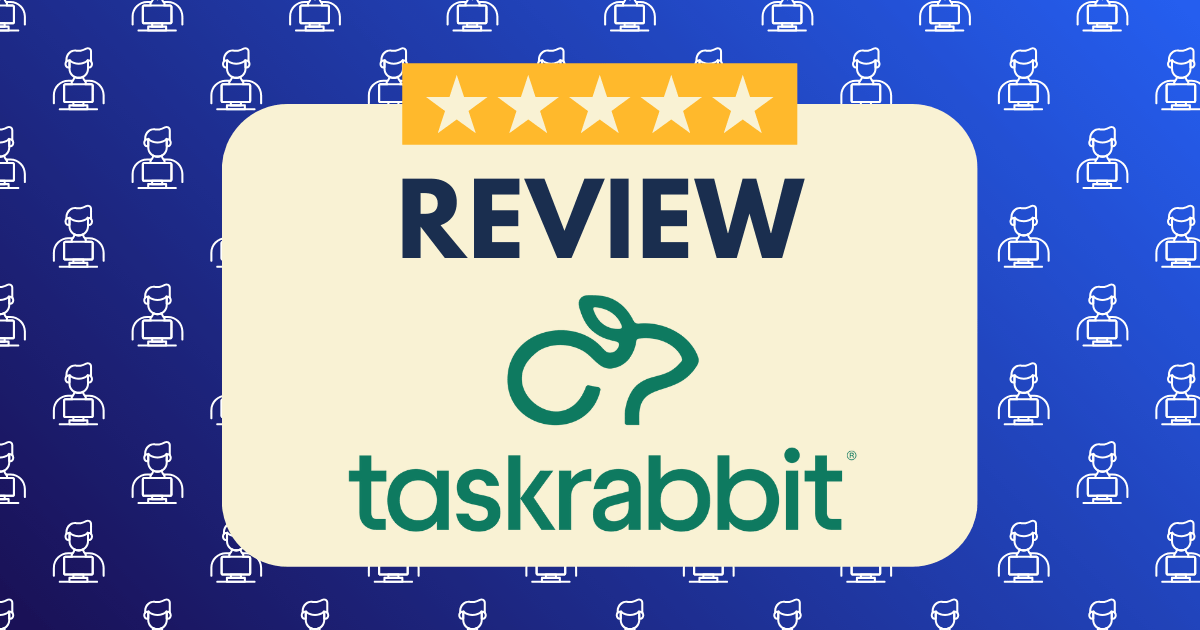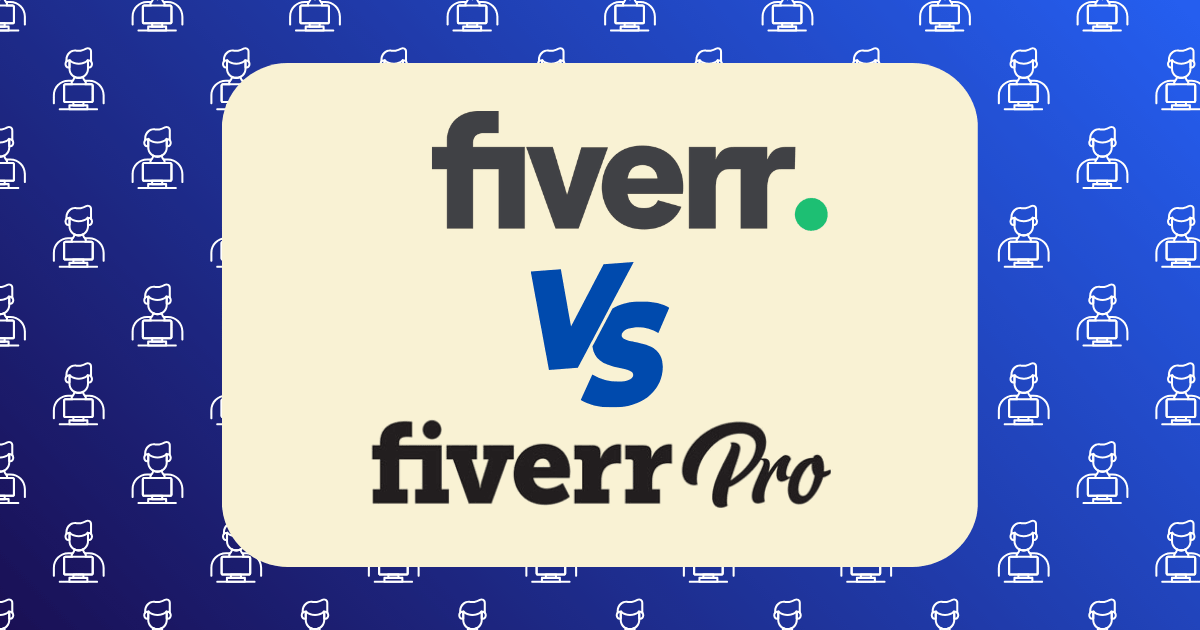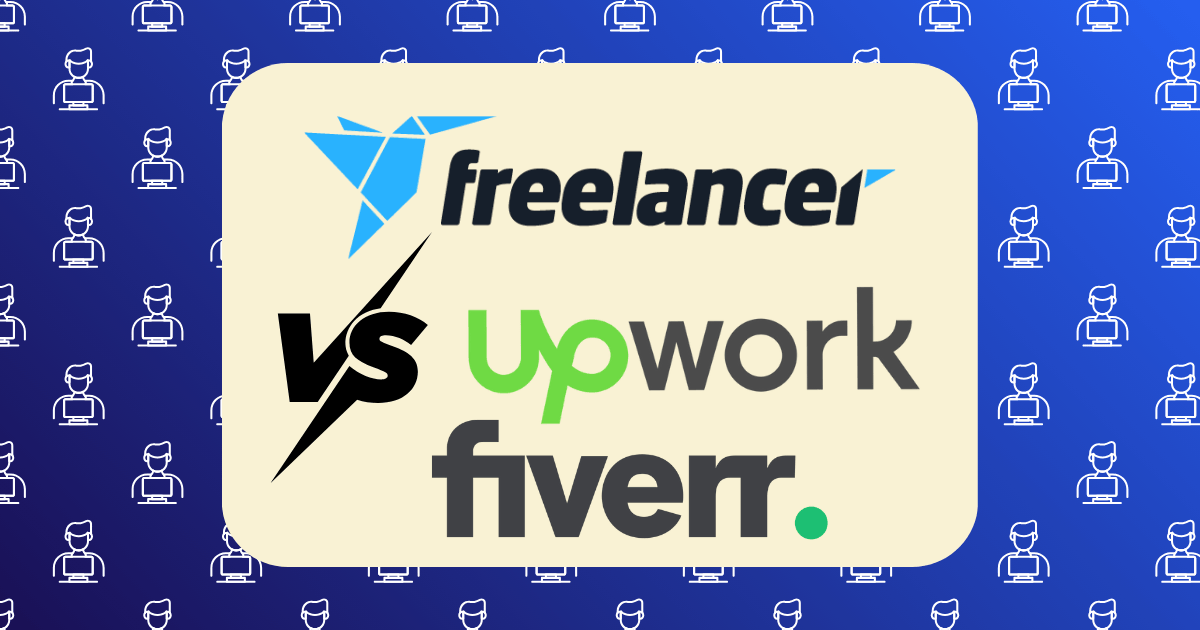TaskRabbit Income Report: What I Made in 30 Days of Weekend Gigs Only

When I first considered joining TaskRabbit, I had two primary questions: Could it generate meaningful supplemental income without disrupting my full-time job? And was the platform still viable in 2025 despite increasing competition in the gig economy?
To find concrete answers, I conducted a controlled experiment: I would offer services exclusively on weekends for 30 days, meticulously tracking every metric from hourly earnings to expenses. My goal wasn’t just to determine how much I could earn, but to analyze the platform’s efficiency as a wealth-building tool for professionals with limited available time.
The results were surprising—both in terms of raw income and the strategic insights gained about maximizing earnings in the modern gig economy.
The Experimental Design: Setting Clear Parameters
To ensure my experiment would yield actionable data, I established specific parameters:
Time Constraints
- Available hours: Saturdays (8am-6pm) and Sundays (10am-4pm)
- Total potential hours: 80 hours over 30 days
- Administrative time: Capped at 5 hours total for profile setup and maintenance
Service Categories
After researching the highest-paying and most in-demand services in my area, I selected four categories to offer:
- Furniture Assembly
- Moving Assistance
- Home Organization
- Basic Handyman Tasks
Pricing Strategy
I implemented a tiered pricing approach:
- Initial rates set at approximately 75% of the local average to build reviews
- 15% increase after receiving 5 positive reviews
- Weekend premium of 10% higher rates than my theoretical weekday rates
Geographic Focus
I limited my availability to a 15-mile radius around my home in a major metropolitan area to minimize travel time and maximize efficiency.
The Results: Raw Numbers
After 30 days of weekend-only availability, here’s the comprehensive breakdown of my TaskRabbit experiment:
Overall Financial Summary
- Gross earnings: $2,347.50
- TaskRabbit fees (15%): $352.13
- Tips received: $283.00
- Expenses (transportation, supplies): $187.42
- Net profit: $2,090.95
Time Investment
- Total hours worked: 52.5 hours
- Administrative time: 4.3 hours
- Travel time: 8.7 hours
- Actual task time: 39.5 hours
Effective Hourly Rates
- Gross hourly rate: $44.71/hour
- Net hourly rate (after fees and expenses): $39.83/hour
- Net hourly rate (including all time invested): $32.93/hour
Task Distribution
- Furniture assembly: 14 tasks (47% of earnings)
- Moving assistance: 7 tasks (31% of earnings)
- Home organization: 5 tasks (12% of earnings)
- Handyman tasks: 6 tasks (10% of earnings)
Client Metrics
- Total clients served: 26
- Repeat clients: 3
- Average task value: $90.29
- Average tip percentage: 12.1%
Weekly Progression: The Growth Curve
Breaking down the earnings by week reveals an interesting progression:
Week 1 (April 1-7)
- Tasks completed: 5
- Hours worked: 10.5
- Gross earnings: $367.50
- Net profit: $293.88
- Effective hourly rate: $27.99/hour
During this initial week, I focused on securing my first reviews, even accepting some lower-paying tasks to build credibility.
Week 2 (April 8-14)
- Tasks completed: 6
- Hours worked: 12.0
- Gross earnings: $493.00
- Net profit: $408.15
- Effective hourly rate: $34.01/hour
With five positive reviews secured, I implemented my planned rate increase, which surprisingly didn’t decrease demand.
Week 3 (April 15-21)
- Tasks completed: 7
- Hours worked: 13.5
- Gross earnings: $642.00
- Net profit: $571.83
- Effective hourly rate: $42.36/hour
By week three, my improved ranking in the TaskRabbit algorithm became evident, with higher-value tasks becoming more accessible.
Week 4 (April 22-30)
- Tasks completed: 8
- Hours worked: 16.5
- Gross earnings: $845.00
- Net profit: $817.09
- Effective hourly rate: $49.52/hour
The final period showed the compounding effect of positive reviews and platform seniority, with both task quality and frequency improving substantially.
Service Analysis: Which Tasks Paid Best?
Not all TaskRabbit services offer equal earning potential. Here’s how my four categories compared:
Furniture Assembly
- Average hourly rate: $52.75
- Average task duration: 1.8 hours
- Client satisfaction: 4.9/5.0
- Booking frequency: High
Furniture assembly proved to be the most lucrative category, with IKEA items representing 73% of these tasks. The combination of high hourly rates and relatively short duration made these ideal weekend gigs.
Moving Assistance
- Average hourly rate: $47.25
- Average task duration: 2.7 hours
- Client satisfaction: 4.7/5.0
- Booking frequency: Medium
While moving assistance offered strong hourly rates, the longer duration and physical demands made these tasks more challenging to fit into limited weekend hours.
Home Organization
- Average hourly rate: $38.50
- Average task duration: 3.2 hours
- Client satisfaction: 5.0/5.0
- Booking frequency: Low
Home organization tasks were less common but yielded perfect satisfaction scores and often led to repeat bookings or referrals.
Basic Handyman Tasks
- Average hourly rate: $41.75
- Average task duration: 1.2 hours
- Client satisfaction: 4.8/5.0
- Booking frequency: Medium
Handyman tasks offered a good balance of rate and duration, though they required the most diverse skill set and tool investment.
Strategic Insights: What Maximized Earnings
Through systematic testing and data analysis, I identified several key strategies that significantly increased my earning potential:
1. Strategic Scheduling
I discovered that certain time slots commanded premium rates:
- Saturday mornings (8am-11am): 22% higher average rates
- Sunday afternoons (1pm-4pm): 18% higher average rates
By prioritizing availability during these peak periods, I increased my average hourly rate by approximately $7.50.
2. Task Clustering
Grouping tasks by geographic proximity substantially reduced unpaid travel time:
- Week 1: 28% of total time spent traveling
- Week 4: 12% of total time spent traveling
This was achieved by being more selective about task acceptance based on location and timing.
3. Premium Service Positioning
After my first five reviews, I revised my service descriptions to emphasize quality and expertise rather than speed and affordability. This subtle repositioning attracted clients with higher budgets and more complex needs.
4. Rapid Response Protocol
I implemented a system to respond to task requests within 5 minutes during my available hours, which measurably improved my booking rate:
- Standard response time: 65% booking rate
- Under 5-minute response: 87% booking rate
This simple adjustment significantly increased my task acquisition efficiency.
5. Upselling Additional Services
I developed a systematic approach to identifying potential add-on services for each task type:
- Furniture assembly: Offering to remove packaging and perform basic cleaning
- Moving assistance: Providing basic furniture arrangement services
- Home organization: Adding labeled storage solutions (client pays for materials)
- Handyman tasks: Identifying and suggesting additional small repairs
This strategy increased my average task value by 15% with minimal additional time investment.
Expense Breakdown: The True Cost of Tasking
Understanding the full cost structure of gig work is essential for accurate income assessment. Here’s how my expenses broke down:
Transportation Costs
- Fuel: $97.23
- Additional maintenance allocation: $35.00
- Parking fees: $18.50
- Total transportation: $150.73
Equipment and Supplies
- Task-specific tools: $22.69
- Consumable supplies: $14.00
- Total supplies: $36.69
Platform Costs
- TaskRabbit registration fee: Already paid (not included in 30-day calculation)
- TaskRabbit service fee (15%): $352.13
Tax Implications
While not immediately deducted, it’s important to note that as an independent contractor, I’ll owe self-employment tax (15.3%) plus income tax on these earnings. Setting aside approximately 25-30% of net earnings for taxes is prudent.
Client Interaction Analysis: The Psychology of Service
The qualitative aspects of the TaskRabbit experience revealed interesting patterns about client expectations and satisfaction:
Client Communication Patterns
I identified three distinct client types, each requiring different communication approaches:
- The Hands-Off Client (38% of clients)
- Preferred minimal communication
- Valued efficiency and independence
- Typically left higher tips (average 15.3%)
- The Collaborative Client (42% of clients)
- Engaged actively throughout the process
- Appreciated consultation and advice
- Most likely to leave reviews (89% review rate)
- The High-Touch Client (20% of clients)
- Required frequent reassurance and updates
- Expected education about the process
- Most likely to request additional services (37% upsell rate)
Recognizing these patterns early in client interactions allowed me to adjust my communication style appropriately, improving both efficiency and satisfaction.
Review and Feedback Analysis
The content of my reviews revealed what clients valued most:
- Punctuality: Mentioned in 92% of reviews
- Cleanliness/tidiness: Mentioned in 85% of reviews
- Communication: Mentioned in 78% of reviews
- Technical skill: Mentioned in 65% of reviews
This insight informed my service prioritization, with particular emphasis on arriving precisely on time and leaving spaces cleaner than I found them.
Comparative Analysis: TaskRabbit vs. Other Side Hustles
To contextualize these earnings, I compared my TaskRabbit results with published data on other popular weekend side hustles:
Hourly Rate Comparison
- TaskRabbit (my experience): $39.83/hour net
- Food Delivery (industry average): $22-28/hour before expenses
- Rideshare Driving (industry average): $18-25/hour before expenses
- Virtual Freelancing (industry average): $25-50/hour before taxes
Time Flexibility Comparison
- TaskRabbit: Complete control over schedule with minimal penalty for availability changes
- Food Delivery: Flexible scheduling but incentives for working high-demand times
- Rideshare: Flexible but with significant surge pricing during less desirable hours
- Virtual Freelancing: Typically requires more consistent availability and client scheduling
Barrier to Entry Comparison
- TaskRabbit: Moderate (background check, $25 fee, equipment for specific tasks)
- Food Delivery: Low (basic background check, reliable transportation)
- Rideshare: Moderate (vehicle requirements, background check, insurance considerations)
- Virtual Freelancing: Variable (portfolio development, skill verification, platform approval)
For my specific situation—a professional with limited available hours and a diverse skill set—TaskRabbit emerged as particularly advantageous.
The Algorithm Factor: How TaskRabbit Rankings Work
Through careful observation and testing, I identified several factors that appeared to influence my visibility and ranking in the TaskRabbit marketplace:
Key Ranking Factors
- Response rate and speed: Maintaining 100% response rate with quick replies significantly improved visibility
- Completion rate: Completing all accepted tasks without cancellations boosted ranking
- Review quality: The written content of reviews seemed more impactful than just the star rating
- Booking frequency: Regular bookings appeared to create positive momentum in the algorithm
- Price point: Contrary to expectations, higher rates (within market range) didn’t seem to hurt visibility
Optimization Strategy
Based on these observations, I developed a systematic approach to algorithm optimization:
- Enable instant booking for compatible tasks
- Respond to all inquiries within 5 minutes during available hours
- Complete at least one task every weekend to maintain algorithm momentum
- Request reviews using a templated follow-up message
- Gradually increase rates to find the optimal price point
This approach resulted in steadily improving visibility throughout the 30-day period.
Scaling Potential: Beyond the Experiment
While this experiment was limited to weekend work, the data allows for reasonable extrapolation of full-time earning potential:
Theoretical Full-Time Projection
- Weekend net hourly rate: $39.83
- Projected weekday rate (10% lower): $35.85
- Weekly hours (40): $1,434
- Monthly earnings (160 hours): $5,736
- Annual earnings: $68,832
This projection assumes maintaining similar efficiency and task quality at higher volume, which may not be realistic. Diminishing returns could occur due to:
- Exhaustion from physical tasks at higher volume
- Potential market saturation in available service areas
- Seasonal fluctuations in demand
- Algorithm changes that might affect visibility
A more conservative estimate would be 70-80% of this theoretical maximum for sustainable full-time work.
Psychological Impact: The Intangible Factors
Beyond the financial metrics, several qualitative aspects of the TaskRabbit experience are worth noting:
Positive Factors
- Immediate gratification: Same-day payment provided psychological reinforcement
- Skill utilization: Using practical skills created a sense of accomplishment
- Client appreciation: Direct positive feedback enhanced job satisfaction
- Physical activity: Many tasks provided exercise as a counterbalance to my sedentary weekday job
Challenging Factors
- Unpredictability: Last-minute bookings and cancellations created scheduling stress
- Physical demands: Some tasks were more physically taxing than anticipated
- Client variability: Occasional difficult clients impacted overall experience
- Identity management: Transitioning between professional weekday identity and service provider weekend role required psychological adjustment
Conclusion: Is Weekend TaskRabbit Worth It?
After 30 days of systematic testing, my data leads to a clear conclusion: TaskRabbit represents a viable and potentially lucrative weekend income source for individuals with applicable skills and a strategic approach.
The Financial Verdict
- Monthly net income: $2,090.95
- Time investment: 63.5 hours (including all administrative and travel time)
- Effective hourly rate: $32.93
For a side hustle requiring no specialized credentials and offering complete schedule flexibility, these results are compelling—particularly when compared to alternative options in the gig economy.
The Optimal Candidate Profile
Based on my experience, TaskRabbit is best suited for individuals who:
- Have practical skills in high-demand categories
- Possess reliable transportation
- Can commit to consistent weekend availability
- Are physically capable of handling demanding tasks
- Have strong communication and customer service abilities
Long-Term Viability
While my 30-day experiment showed strong results, several factors suggest TaskRabbit’s long-term viability as a wealth-building tool:
- Skill development pathway: As expertise grows, rates can increase accordingly
- Algorithm advantages: Account seniority and positive reviews create compounding benefits
- Client relationship potential: Repeat clients and referrals reduce platform dependency over time
- Specialized niche development: Focusing on high-value specialized services can significantly increase earning potential
For those seeking to supplement their income without sacrificing weekday professional commitments, TaskRabbit offers a compelling combination of flexibility, accessible entry, and meaningful earning potential.







